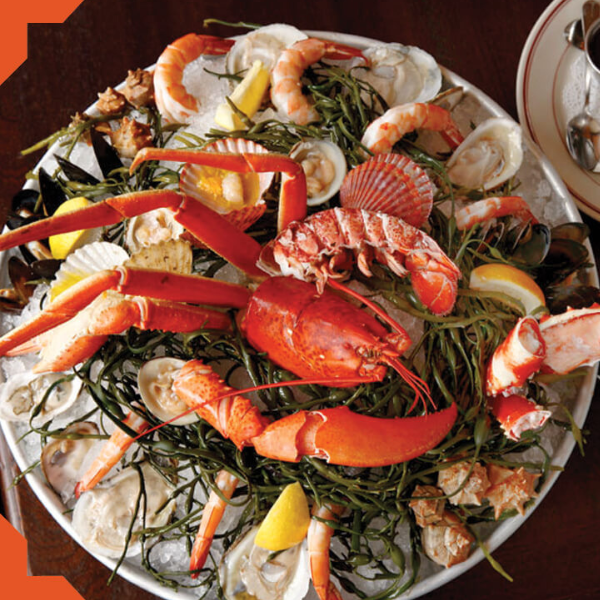
Date & Time
Price FREE
Venue
Camp
791 NE 125th St
North Miami, FL 33161
GET DIRECTIONS
Phone Number 786-953-8807
In response to Henrik Ibsen’s A Doll’s House, one of the many goals of this year’s Women Pulling at The Threads of Social Discourse is to shatter the notion that for a woman, or anyone, to be accepted by society they must conform to unrealistic ideals created, imposed, and delivered by the patriarchy. This exhibition: This is Not a Doll’s House, in particular turns its gaze towards the patriarchal idea and illusion of woman as a doll-like object, an entity of fragility. Although this exhibition has been thought of and planned since November of 2022, its timeliness is noticeable considering both the run of the play in New York earlier this year and the release of the Barbie film; the conversation of woman as doll is still current, and is as unresolved as when Ibsen first published the play in 1879.
The response to the play varied between shock and repulsion as critics found Nora’s refusal to turn towards Torvald as her savior, and her rejection of the conditions of both marriage and motherhood, to be violent acts shattering the very ideal of the submissive woman and therefore the frame of society. Nora’s choice, in critical opinion, also destroys the foundations of art and beauty—key factors in keeping a society compliant and functioning. Both art and beauty, in the period of the play, lay firmly in the notion of art as uplifting, and in direct discord with Realism, art’s main aim was to keep the masses intoxicated with allusions that the a woman’s compliance and submission lay at the foundation of society and family. The truth of the matter is that all may have been very good for the patriarchy, but swathes of women (and men) during both this era and today’s exist in a confined space.
To many, Nora stands in dreaded position of Medea; both reject the notion of a self-sacrificing mother and wife submitting to the whim of a husband, and where one cannot accept the slaughter of children, as with Medea, one can allow and make room the notion of a woman freeing herself from the cage of matrimony and connotations of motherhood as selfless. The idea of a cage permeates through these constraints, and thus in the exhibition as it is one imposed upon the woman by the patriarchy, that leaves individuality in the balance. It is the individual who is often seen as not pretty, not respected—regardless of their external package—and only the submissive, silly, and often frivolous that passes through society unscathed. On the surface.
Looking at the current state of affairs in our society, not just in The United States but internationally, we find that the individual is what certain factions in society find both unsettling, and that which endangers a society. This exhibition argues that it is the individual that embodies strength in the same manner with which they carry the burden, or the scars of being an individual. Daily, many women are tormented because of their features; their refusal to bind and cover their hair; because they speak truths; because they write stories that expose; because they present realities; because they refuse reproductive control by others. These woman are often expelled to the sidelines, akin to Oedipus, endangering their very survival. The connotation of expulsion cannot be ignored. Oedipus is treated so because of his unnatural behavior in sleeping with this mother, and in expelling a person whose only crime is individuality, one is saying individuality is as deviant as incest (an act in Oedipus that results because of hubris). Is individuality then a facet of hubris?
The forty plus artists in this exhibition explore and expose several of our present-day realities and controversies: book banning, the subjugation of women via access or lack thereof to reproductive rights autonomy, not to mention issues that intersect with a woman’s experience, from Immigration to general History and more. With this in mind, it’s important to acknowledge that these artists are also playing with this notion of the doll and the cage, joyfully, finding strength and whimsy- a strong characteristic of anyone who has comes to terms with their individual self and has made the choice to redefine themselves solely on the needs of their Self. Some have taken the “doll” outside of the house/cage and placed her in her own space allowing her to flourish within it without having to ask permission. At the end, we are presented with all of these fiber works—predominantly made by women fiber artists—still pulling those threads, still reacting to society and continuing the discourse of how and where women fit in, which is in many places, sadly, still a reverberating question mark.
Statement by Melanie Prapopoulos




